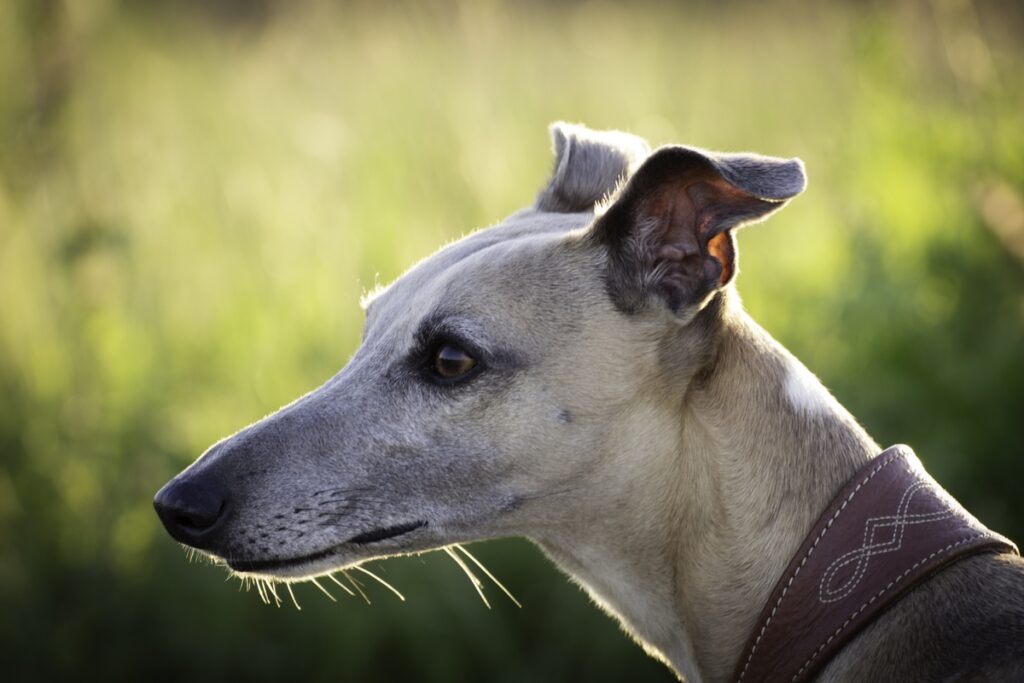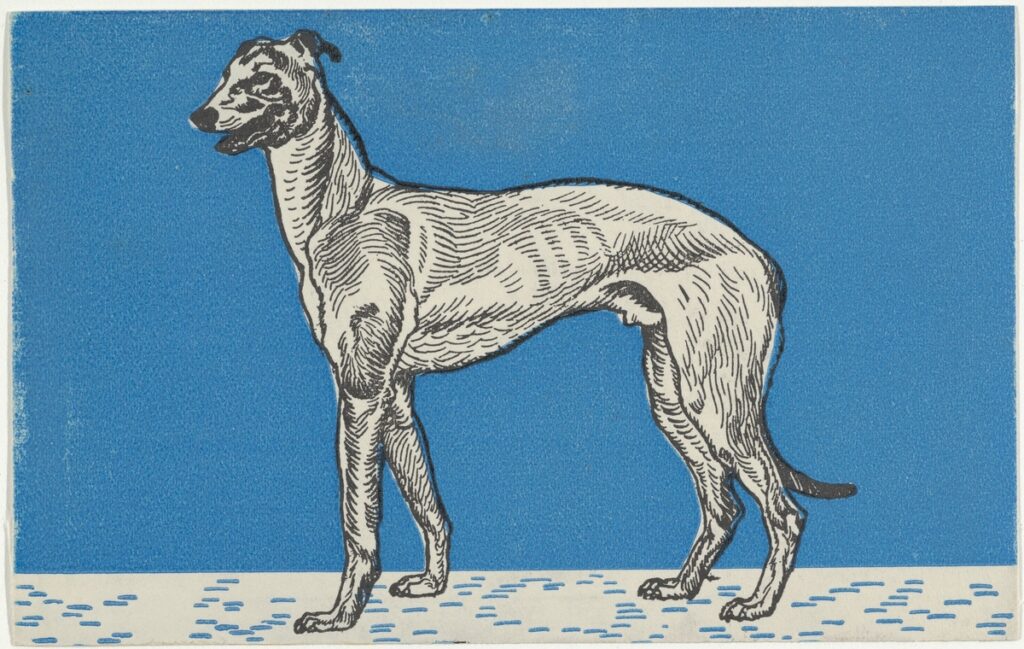
If you’re looking for dogs that can help you hunt effectively in Spain, consider one of these breeds:
– The Perro de Presa Canario, also known as the Canary Mastiff, is a large, powerful breed that was originally used for guarding and fighting. Today, they’re still used for hunting, and tracking down large game such as wild boar and deer. They’re also excellent guard dogs.
– The Goni is a smaller breed of hunting dog that originates from the Basque region of Spain. They were traditionally used for hunting small game such as rabbits and hares, but they’re also versatile enough to be used for bird hunting and even truffle hunting.
– The Catalan Sheepdog is another versatile hunting breed that originated in Catalonia, in northeastern Spain. They were historically used as herd dogs, but they’re also excellent at flushing out game birds and small mammals. They make loyal and affectionate companions. Whether you’re looking for a large or small breed, there’s a Spanish hunting dog that’s right for you.
How long do Spanish hunting dogs live on average?
Spanish hunting dogs typically live for 12 to 15 years. This lifespan is relatively long compared to other breeds of dogs. Spanish hunting dogs are a hardy breed, and they are known for their athleticism and endurance.
They are also known for their loyalty and affectionate personalities. Spanish hunting dogs make excellent hunting companions, and they are also well-suited for families with children.
If you are looking for a dog that will be a part of your family for many years to come, a Spanish hunting dog may be the perfect breed for you.
Do Spanish hunting dogs need specialty food?
While there are many different types of Spanish hunting dogs, they all share a few key characteristics.
First, they are all bred for stamina and endurance. Second, they are all trained to work in harsh conditions and to be highly obedient. As a result, Spanish hunting dogs have specific dietary needs that must be met in order to ensure their health and performance.
Spanish hunting dogs need a diet that is high in protein and fat in order to support their energy levels. They also need a diet that is low in fiber in order to avoid digestive issues.
In addition, Spanish hunting dogs need access to clean, fresh water at all times. If you are thinking about adding a Spanish hunting dog to your family, be sure to research the specific dietary needs of the breed you are considering.
By providing your dog with the proper nutrition, you can help ensure a long and healthy life.

Do Spanish hunting dogs do well in a cold climate?
Do Spanish hunting dogs do well in cold climates? The short answer is yes, they can. Spanish hunting dogs are bred to withstand extreme weather conditions and have a thick coat of fur that helps protect them from the cold.
However, it is important to remember that all dogs are different and some may not be as tolerant of the cold as others. If you are planning to take your Spanish hunting dog out in the snow, it is best to consult with your veterinarian first to make sure that your dog will be able to handle the cold weather.
Do Spanish hunting dogs make good race dogs?
Spanish hunting dogs, also known as Podencos, are a type of hound dog that was originally bred for hunting rabbits and other small game. In recent years, however, they have become popular racing dogs in Spain and Portugal.
While they are not as well-known as greyhounds or whippets, Spanish hunting dogs have a number of qualities that make them good racing dogs. They are relatively lightweight, reaching a maximum weight of around 30 pounds.
This makes them fast and agile, able to reach speeds of up to 35 miles per hour. In addition, Spanish hunting dogs are known for their endurance and stamina, making them ideal for long-distance races. And finally, they are intelligent and easy to train, two more qualities that make them good candidates for racing.
For all these reasons, it is clear that Spanish hunting dogs do indeed make good race dogs.
Rare Spanish hunting dog breeds
The most common type of Spanish hunting dog is the Podenco, which comes in both smooth- and wire-haired varieties.
Other common breeds include the steps, mastiffs, and sighthounds.
There are also several rarer breeds, such as the Burgos pointer, Zamora pointer, Pueblo de Zamorapointer, and Talavera pointer.
These dogs are all used for hunting in Spain, and each has its own unique skills and abilities.
For example, the Burgos pointer is known for its stamina and ability to cover large distances, while the Zamora pointer is known for its keen sense of smell and ability to track down the game.
Whichever breed you choose, you can be sure that you will have a loyal and reliable hunting companion.

Common Spanish gun dog breeds
Gun dogs are commonly used in Spain for hunting purposes. The most common gun dog breeds in Spain include the following:
- Labrador Retriever
- Golden Retriever
- Cocker Spaniel
- English Springer Spaniel
- Welsh Springer Spaniel
- American Cocker Spaniel
- Spanish Water Dog
- Portuguese Water Dog
- Catalan Sheepdog
- Gascón Saintongeois
- Pyrenean Mastiff.
These breeds are popular due to their hunting and retrieving abilities, as well as their loyal and obedient nature. Gun dogs are a vital part of the Spanish hunting culture and play an important role in putting food on the table for many Spanish families.